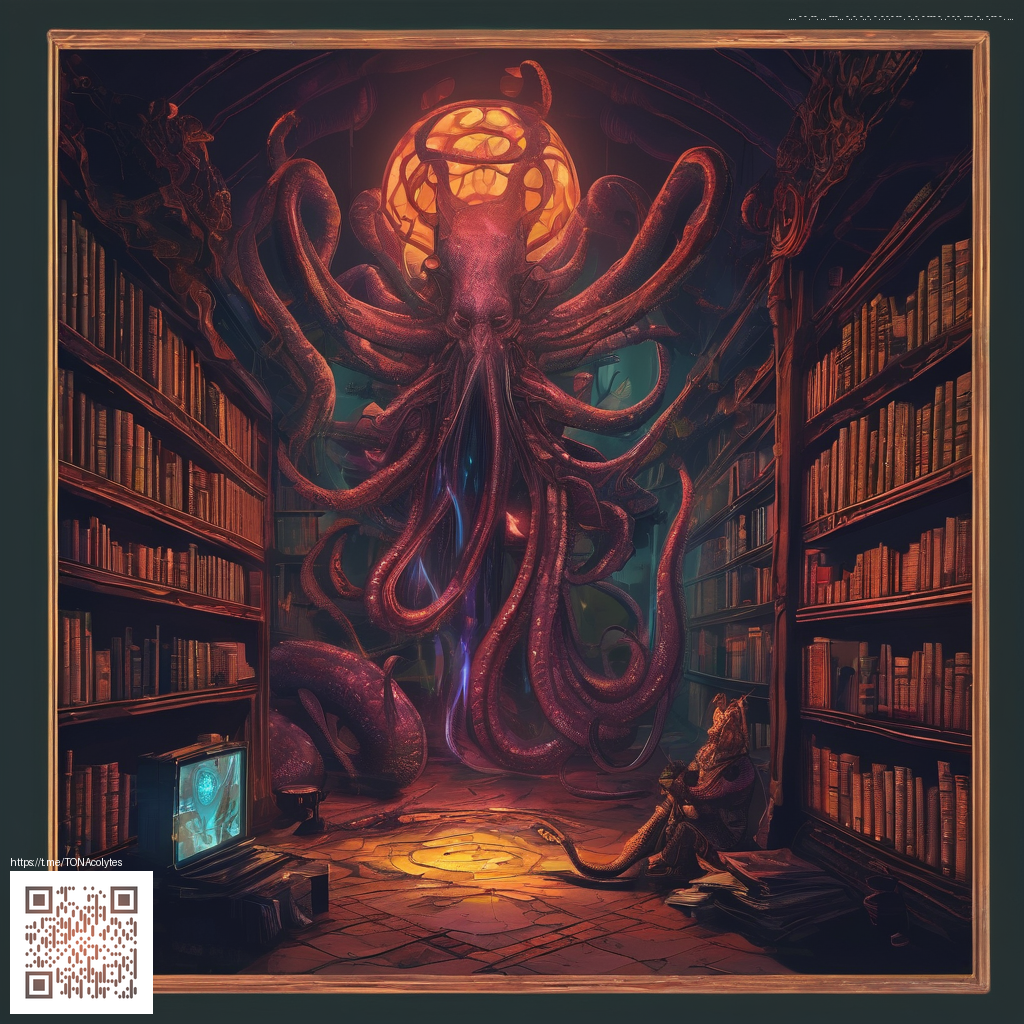
Dead Bush Datapacks and Loot Tables a practical guide for datapack creators
This article dives into using the small desert plant known as the dead bush in datapacks. While it may look humble on a map, dead bush becomes a surprisingly flexible tool when you start layering loot tables and world generation logic around it. Whether you are patching a desert village or crafting a tiny scavenger hunt, dead bush can add texture and reward to your adventures.
In Minecraft block data the dead bush exists as a transparent, non solid plant with zero hardness. It stacks up to 64 so it behaves well in storage and inventories. The block is labeled with an internal id 132 and a display name Dead Bush. In vanilla drops it has a minimal footprint, but the real power comes when you override loot tables in a datapack. This lets you steer what happens when players break or interact with the block in ways that suit your project.
Understanding the block data
The Dead Bush block is defined as transparent and easy to place in large quantities. Its non solid nature makes it ideal for decorative scenes as well as trigger points in redstone based setups. The default state is simple, and the block can be harvested quickly without tools in most cases. For datapack designers this means you can sprinkle dead bushes throughout a desert build or a ruin site without worrying about blocking movement or requiring heavy resources to harvest.
Loot tables and drop customization
Loot tables provide the way to change what a block yields when it is broken. With a datapack you can override the default behavior of the dead bush to produce items that fit your theme. The most common approach is to create a simple pool that drops a chosen item with a given probability. You can also add multiple entries with varying conditions to reward exploration, luck, or progression.
Step by step quick start
- Create a namespace for your datapack and locate the loot tables folder
- Add a new file at data/
/loot_tables/blocks/dead_bush.json - Define a single pool with one or more item entries
- Test in game to confirm the drops align with your design goals
Below is a minimal but practical example showing how to make a dead bush drop a small bundle of sticks with a chance to drop bone meal as well. You can copy this into your datapack under the correct path and adapt values to fit your project.
{
"type": "minecraft:loot_table",
"pools": [
{
"rolls": 1,
"entries": [
{ "type": "minecraft:item", "name": "minecraft:stick", "weight": 8 },
{ "type": "minecraft:item", "name": "minecraft:bone_meal", "weight": 2 }
],
"conditions": [
{ "condition": "minecraft:survives_explosion" }
]
}
]
}Tip a well crafted loot table can turn a humble dead bush into a mini quest marker or a resource cache. Keep your namespace organized and version your loot files so future updates stay smooth 🧱
Practical building ideas
- Decorate desert shrines with clusters of dead bushes to hint at scavenging routes
- Use in ruined settlements as sparse brush that players can loot for small rewards
- Create themed biomes where dead bushes unlock seasonal loot tables during events
- Combine with custom drops to teach players about resource management in a compact way
- Experiment with loot table conditions to reward exploration rather than simple breaking
Related reading
- nostalgia waves drive enshrouding mist MTG prices
- transforming digital papers with ai pattern generators
- digital paper textures elevate greeting card design
- silent parallax gap in blue white sagittarius star
- how to create notion planner dashboards that actually work
Ready to support open Minecraft projects and a vibrant datapack community We believe in sharing and collaboration that keeps creativity thriving
Support Our Minecraft Projects